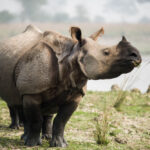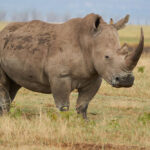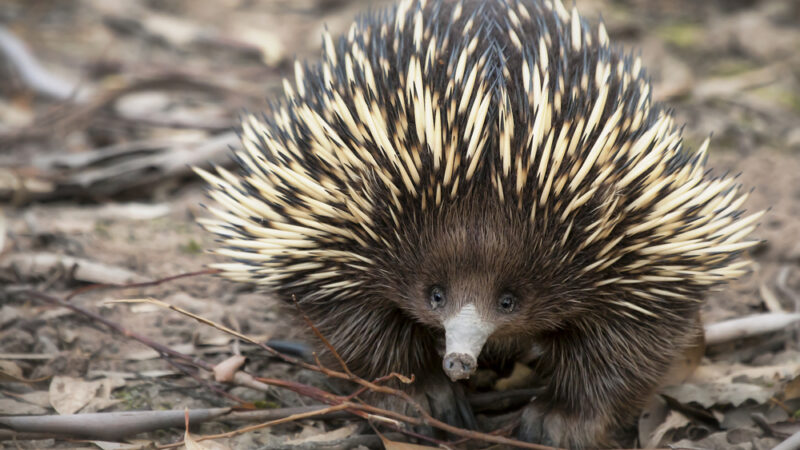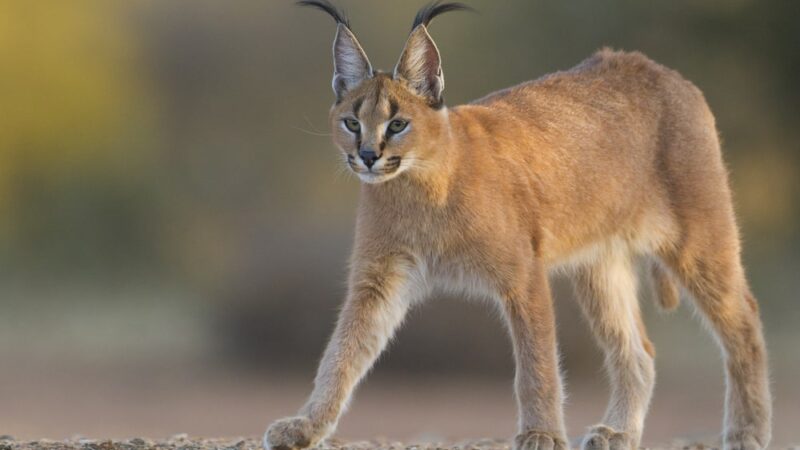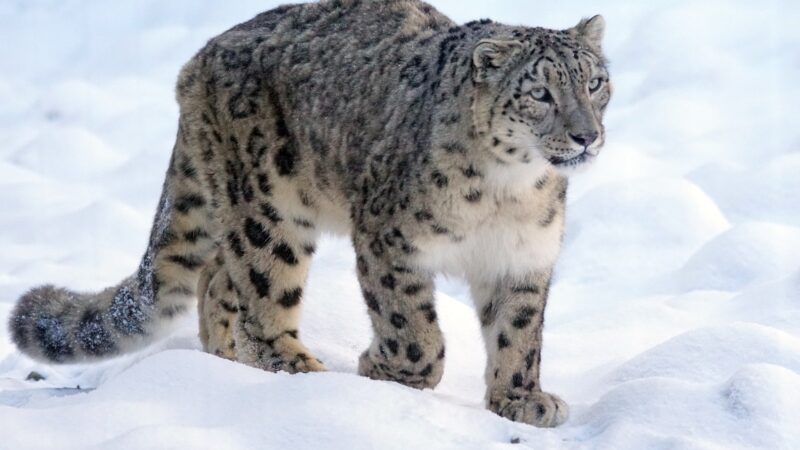Rhinoceros
Shelter for Animal | Rhinoceros | Rhino have roamed the earth since just after the dinosaurs went extinct over 50 million years ago. In fact, the earth used to be teaming with Rhinoceroses.
Rhinos – Rhinoceros
Rhinos came in almost all sizes and shapes but parasympathetic. For example, they lived about 30 million years ago and were 5 meters or 16 feet tall and weighed 20 tones, which is nearly 10 times bigger than the largest rhinoceros today. Rhinoceros have survived a great deal of adversity including being preyed upon by prehistoric Hyenas and Giant Crocodiles.
More recently rhinos have found tough competition, in the elephant whose trunk makes them a far better super large herbivore.
Species of Rhinos
Today, there are only five species of Rhinos.
- Sumatran Rhino
- Javan Rhino
- Indian Rhino
- White Rhinos
- Black Rhinos
All named for the regions, the first three come from in Asia and the whites and black rhinos in Africa, which are both actually gray. The black rhino most likely gets its name from the color of mud, it likes to roll in and the white rhino gets the same because of a misinterpretation of the African word wind, which means wide not white.
The white rhino has wide square lips that they use for grazing on grass whereas the black rhino has long pointy lips in order to grab leaves and fruit up in trees. Modern Rhinos have no real predators except for man but that doesn’t stop it from being a very wary animal.
Rhinoceros body
They have very poor eyesight not being able to see beyond 27 meters or 90 feet but they make up for it with incredible hearing and sense of smell. Rhinos also has developed a symbiotic relationship with the Oxpecker bird which not only eats pests. Such as ticks off the Rhinos but also warns the Rhino if there’s danger nearby by making a huge commotion if a rhino feels threatened.
It will charge particularly if you’re between a mother and calf rhinos don’t actually want to hurt you. They just want to give you a little scare. There are only two Rhino attacks per year and they’re usually not fatal. However when 2300 kilograms or 5,000 pounds of rhino is coming at you at up to 64 kilometers or 40 miles per hour that may be hard to remember.
How can such a huge animal like the Rhino run so fast? Unlike the elephants with its column-like legs, the Rhino has rather thin legs that flare out at their feet which are tipped with three toes oddly enough. Studies have found that they primarily walk on their toes, not their pads exerting 75 pounds of pressure per square inch on their toes and only 15 psi on their pads, which is surprisingly similar to the amount of pressure we produce when we walk.
Rhino horn
Of course, we can’t talk about the Rhino without talking about its horns. In fact, rhinoceros is Greek for nose horn, the mysterious magical horn of the Rhino is actually neither and is primarily made up of keratin. The same thing that makes up our fingernails and hair so not magic it’s actually very similar to a horse’s hoof.
Unfortunately in several Asian countries particularly Vietnam the rhino horn is thought to have medicinal powers. Ground down to a powder its uses range from a cure for cancer to a drug to snort at parties to an aphrodisiac.
Despite the fact that countless scientific studies have found no actual medicinal properties in the powder the incredible demand for rhino horns has driven.
The price of a large horn all the way up to half a million dollars per kilogram.
The rhino horn is worth more than cocaine or even gold. A rhino is killed by poachers every eight hours in South Africa alone which resulted in 1,200 killed last year. There has been a 9,000 percent increase in rhino kills since 2007. So what is possible that next year will be the first year in history that more rhinos are killed, that is born. There are only 100 Sumatran rhinos 60 Javan rhinos and 3 northern white rhinos left on the planet.
White rhinoceros
The last male northern white rhinoceros named Sudan is protected 24 hours a day by four armed guards with so much money to be made poaching has become more and more sophisticated. Utilizing night-vision goggles silenced weapons and even helicopters in Africa more conservation. Rangers are killed than policemen one in every four days. However, it’s not as easy as saying that all the poachers are evil and we should go to war with them.
Imagine an African father ply with poverty attempting to support his family and being offered more money, in a day to help hunt a rhino than he would normally make in a year the solutions to the problem are varied. Sometimes very hard to believe the most obvious answer is to cut the Rhinos horn off before the poachers.
However, rhinos were often poached even without the horn as vengeance or to harvest a short stub left on the animal. The Rhino rescue project goes even further by drilling a hole into the horn of the Rhino and injecting a non-lethal poison that is harmful to humans but apparently not to the Rhino. They also inject the pink dye into the horn to let poachers and consumers know that it has been tainted. This is a controversial technique because of the harm that it can bring to an unsuspecting end-user and possibly the Rhino.
A British team of scientists has developed a combination of a GPS tracker a heart monitor and a hidden horn camera. If the Rhino’s heart rate goes up because it’s being hunted the camera turns on and the Rangers can send out a team by Jeep or helicopter to stop the poachers. The World Wildlife Fund has started a similar programmer with the five million dollars awarded to them by Google.
Rhinoceros
They’ve purchased a fleet of drones equipped with night vision and thermal sensors to patrol the Rhinos. This is incredibly helpful because stopping the poaching that happens at night is very difficult. However, trying to stop the poachers on the ground may be a losing battle. In some parts of Africa, the conviction rate for rhinoceros crime is as low as 3 percent, and looking at you rock steady.
So the next level of conservation gets a little crazy airlifting rhino to safer locations. Dozens of rhinos have been helicoptered from South Africa to Botswana where they have taken a hard line against poaching. One South African man has started the Australian Rhino Project and is attempting to airlift 80 rhinos to Australia, where they can breathe in peace.
Others have tried to go after the market for rhino horn itself. A US company is working on developing a 3d printed synthetic rhino horn that will be genetically similar to the real thing and feel and smell the same. Still, others have gone after the root of the problem. Humane Society International has teamed up with the Vietnamese government to create an educational program for Vietnamese children featuring the book and video I’m a little rhino.
We are really strong and can run very fast to Dakota Johnson they do like the lineup but auntie you suit in Kaunas by adding in contact but we can’t run fast enough to get away from poachers. A poacher is a criminal who kills animals the hope is that the children will pass on the truth about rhinos to their father’s aunt or neighbor who consumed the horn
Jurassic Park
Finally, scientists have created a crowdfunded project called Mako rhino save species not to be confused with save. A horse ride a cowboy they’re trying to save the northern white rhino, unfortunately, the two remaining females are infertile and Sudan. The last male is too old to perform so they’re going to need to Jurassic Park.
This problem they’re hoping to take frozen eggs and sperm and combine them with DNA from the last few northern white rhinos that have died and then implant the resulting embryos into a surrogate mother. If successful they’ll be able to continue the species because if we manage to wipe out the only actual unicorns in the world, it is sorely disappointed because then we’ll never get to see this again.
Reference: Britannica, Wikipedia
